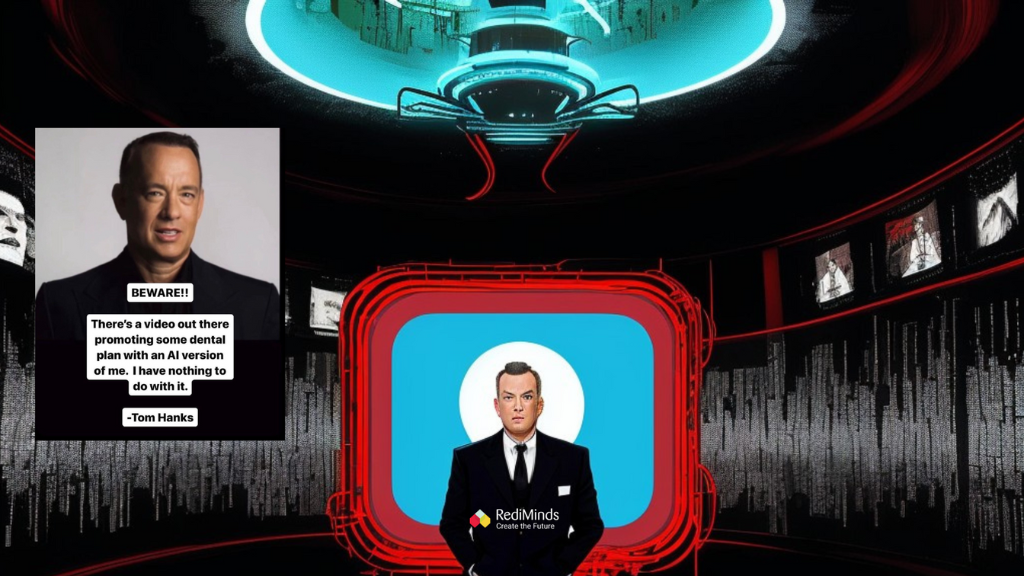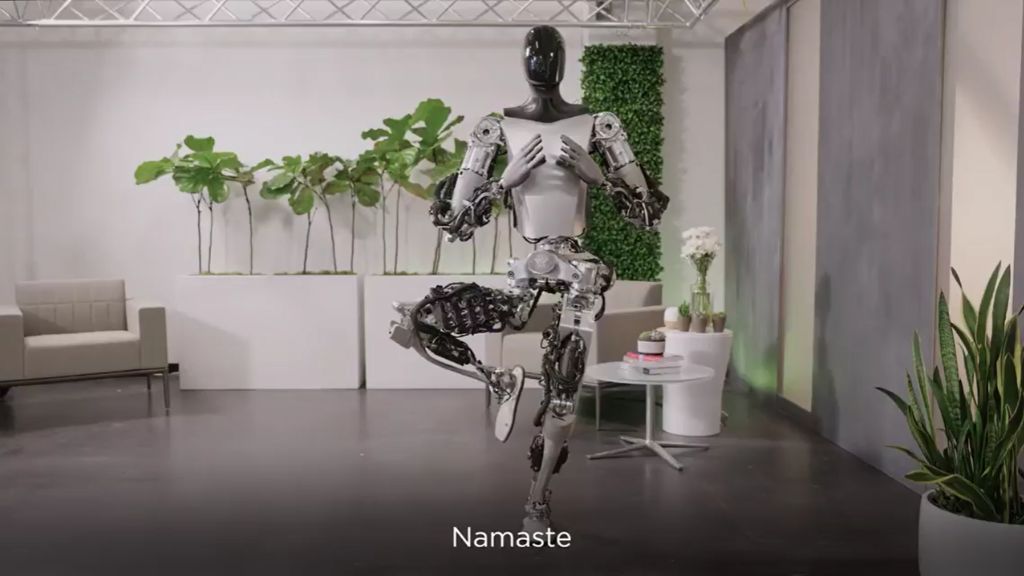
The Dawn of a New Digital Era LLMs as the Pioneering Operating System

The Dawn of a New Digital Era LLMs as the Pioneering Operating System
Hey there, visionary thinkers and AI enthusiasts!
Do you remember the first time you used a computer? That magical box that promised to ease our work, entertain us, and open the gates to the vast digital universe? Many of us saw it as just a glorified calculator. But today? It’s the epicenter of our digital lives.
Similarly, our perspective on Large Language Models (LLMs) is undergoing a transformative shift. Once perceived as mere chatbots, these models now herald the inception of an entirely new computing paradigm. A fresh digital dawn where LLMs are not just communication tools but the very heart — the kernel — of an avant-garde operating system.
The LLM Renaissance
Imagine a realm where our LLMs seamlessly handle:
Multi-modality Input & Output: Text, sound, and vision.
Advanced programming: They can interpret, write, and run intricate codes.
Internet navigation: Like a sophisticated browser accessing vast knowledge.
Efficient data management: Embed, retrieve, and store with unprecedented efficiency.
This isn’t just about replicating our current digital operations but redefining them. It’s about envisioning a future where AI is as ubiquitous as the air we breathe, and as essential as the devices we can’t live without.
Not Just Another Chatbot
The trajectory of LLMs echoes the evolution of our beloved computers. If the nascent computers were rudimentary calculators, today’s LLMs are the calculators of the AI realm. But the future? It’s vast, uncharted, and brimming with possibilities. Much like how our computers evolved into powerful machines, LLMs are on a path to redefine our tech ecosystem.
Moreover, the competitive landscape is painting a picture that mirrors the early days of our operating systems. Just as we had Windows, OS X, and Linux vying for dominance, today, we see titans like GPT, PaLM, Claude, and Llama/Mistral setting the stage. And like every great OS, the potential for diverse applications is limitless.
Conclusion: Shaping Tomorrow, Today
The beauty of technology lies in its evolution. It’s a realm where possibilities are infinite, and the only constant is change. As we stand at the threshold of this exciting AI era, I invite you to envision this new frontier with me. Together, let’s witness the metamorphosis of LLMs from simple chatbots to the nucleus of the next-generation operating system.
After all, isn’t life all about embracing change, marveling at evolution, and being a part of revolutionary journeys? Let’s set forth, explore, and shape the digital tapestry of tomorrow. Your insights, as always, are the catalysts to our shared vision. What do you envision in this emerging LLM-powered world?




